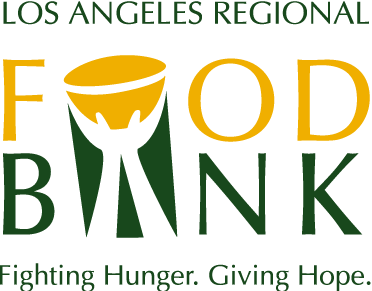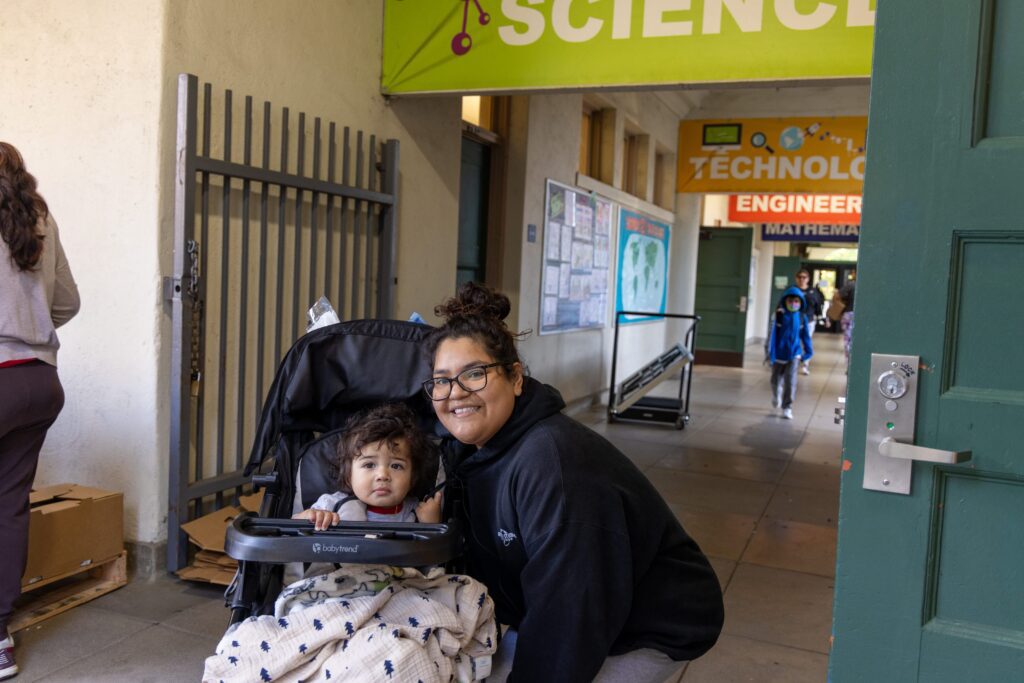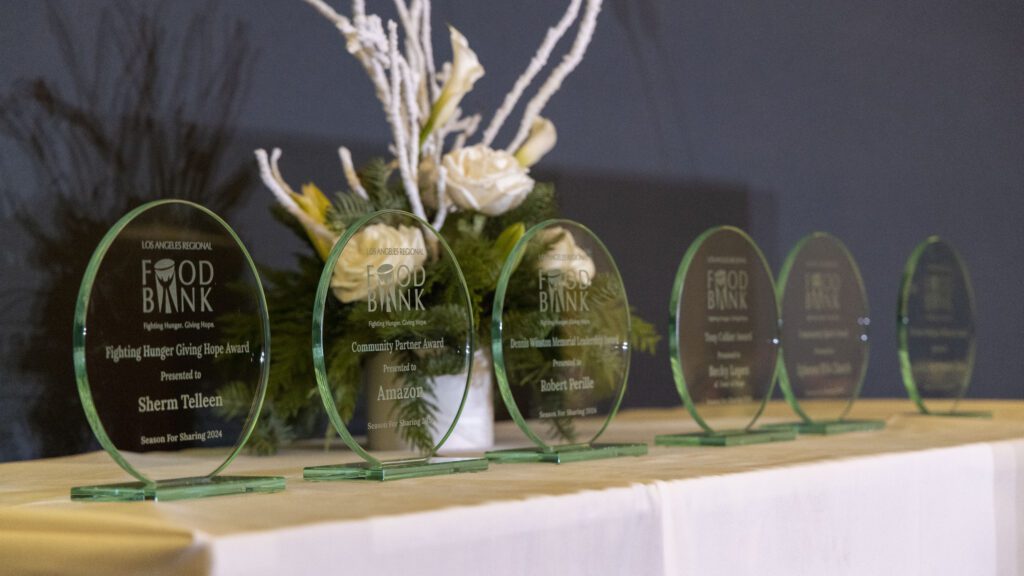From Recipient to Giver: Laura Zapata is Helping Her Community Thrive
From Recipient to Giver: Laura Zapata is Helping Her Community Thrive
According to the Los Angeles Times, the Pico-Union Westlake neighborhood is the most overcrowded place in America and one where the pandemic saw the most deaths. Many have driven through the neighborhood, and some feel unsafe. But for Laura Zapata, this neighborhood is home.
Growing up in this neighborhood, Zapata knew what streets and places to avoid, but despite this, she loved her neighborhood; there were so many resources available for her and her family. In her first interaction with Central City Neighborhood Partners (CCNP), she attended their Healthy Living Program, which included Zumba classes, regional dance classes, and a gym. As part of the program, CCNP provided participating families with nutrition classes and food that was received from the Los Angeles Regional Food Bank.
Zapata and her family continued attending CCNP as she navigated through high school, using their youth services program to get into a good college. Even as Zapata went off to the University of California, Berkeley, her family continued to seek assistance from CCNP, while she returned to be a summer intern at the organization that had given her and her family so much support.
“I always grew up seeing my mom and my father always wanting to help as many people as they could, in any way that they could,” Zapata said. “I always lean on the value that youth have and also how can we support the next generations?”
Now, as the Director of Family and Youth Services, she can help families like hers that want to improve their lives or simply make it to the end of the month.
“We always talk about how when you come to receive a grocery bag at CCNP, we value that at around $50, and how those $50 that you would have spent if you would have gone to the grocery store would have been taken from something else that you could have reallocated,” she said.
Zapata went from receiving the services CCNP offers to helping her neighbors in need. Like Zapata, hundreds of other individuals seek food assistance at one of the Food Bank’s hundreds of partner agencies and, once back on their feet, return to support any way they can.
By supporting the Food Bank, you’re helping us feed an average of 900,000 individuals each month. Consider donating to the Food Bank today.





